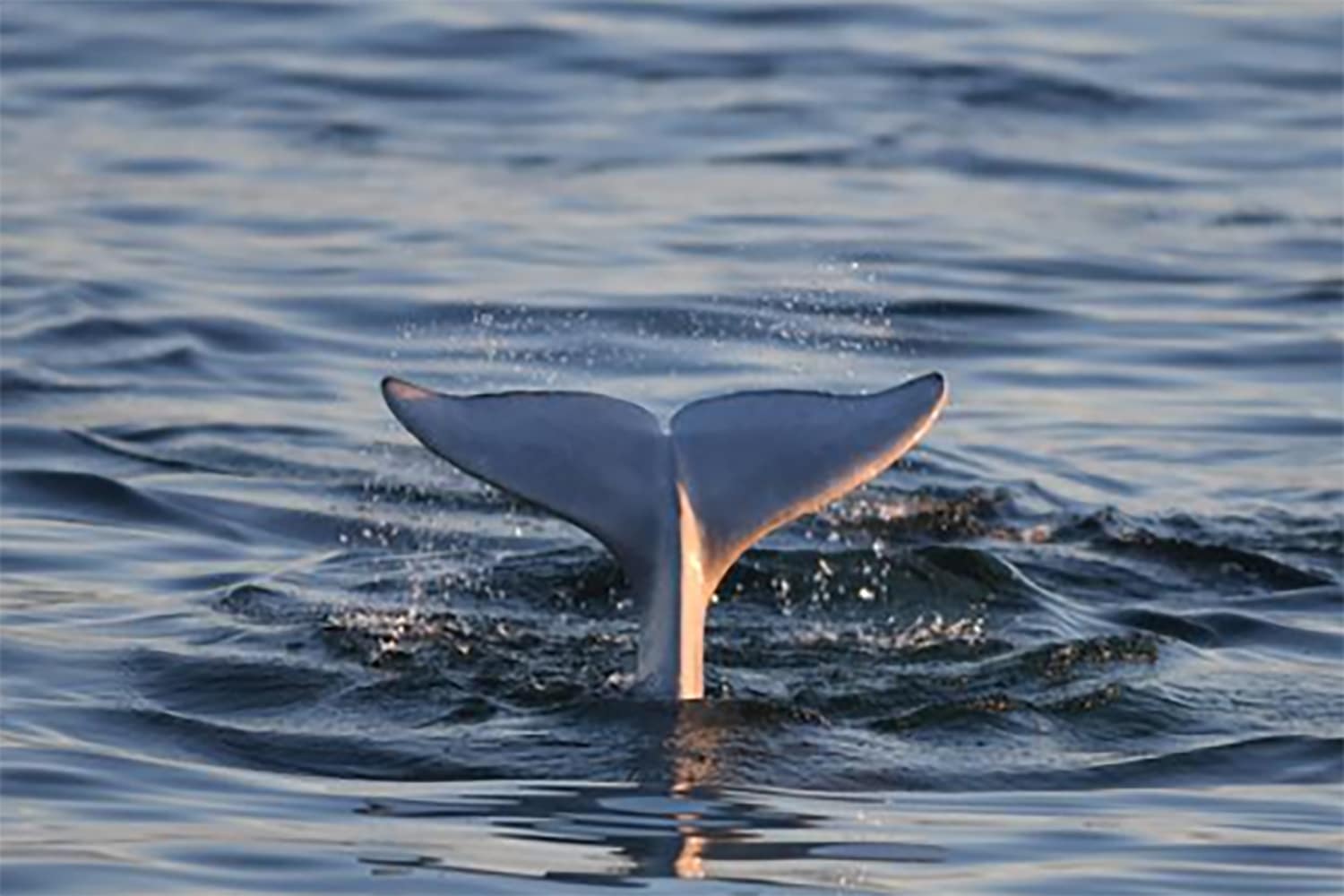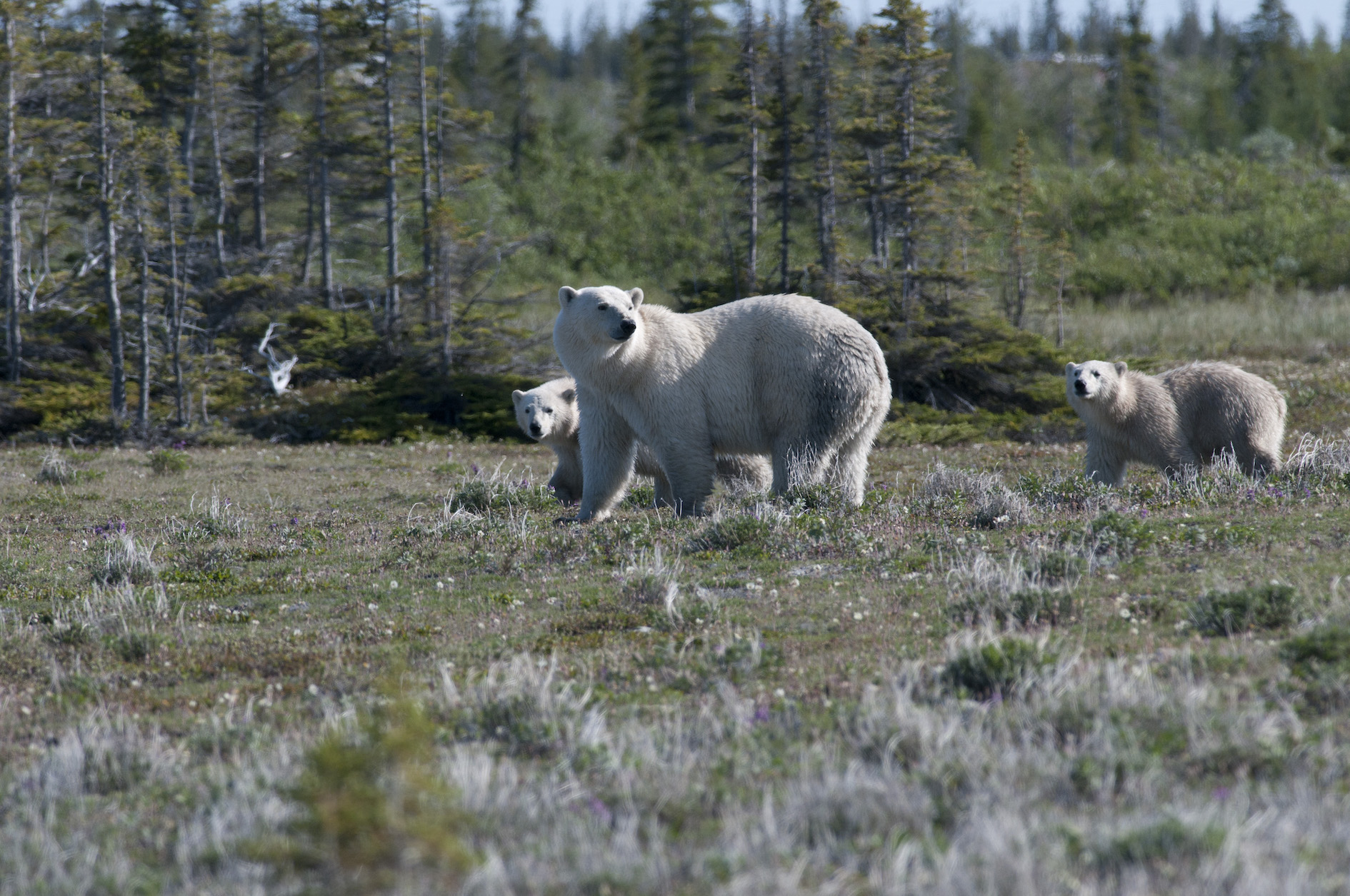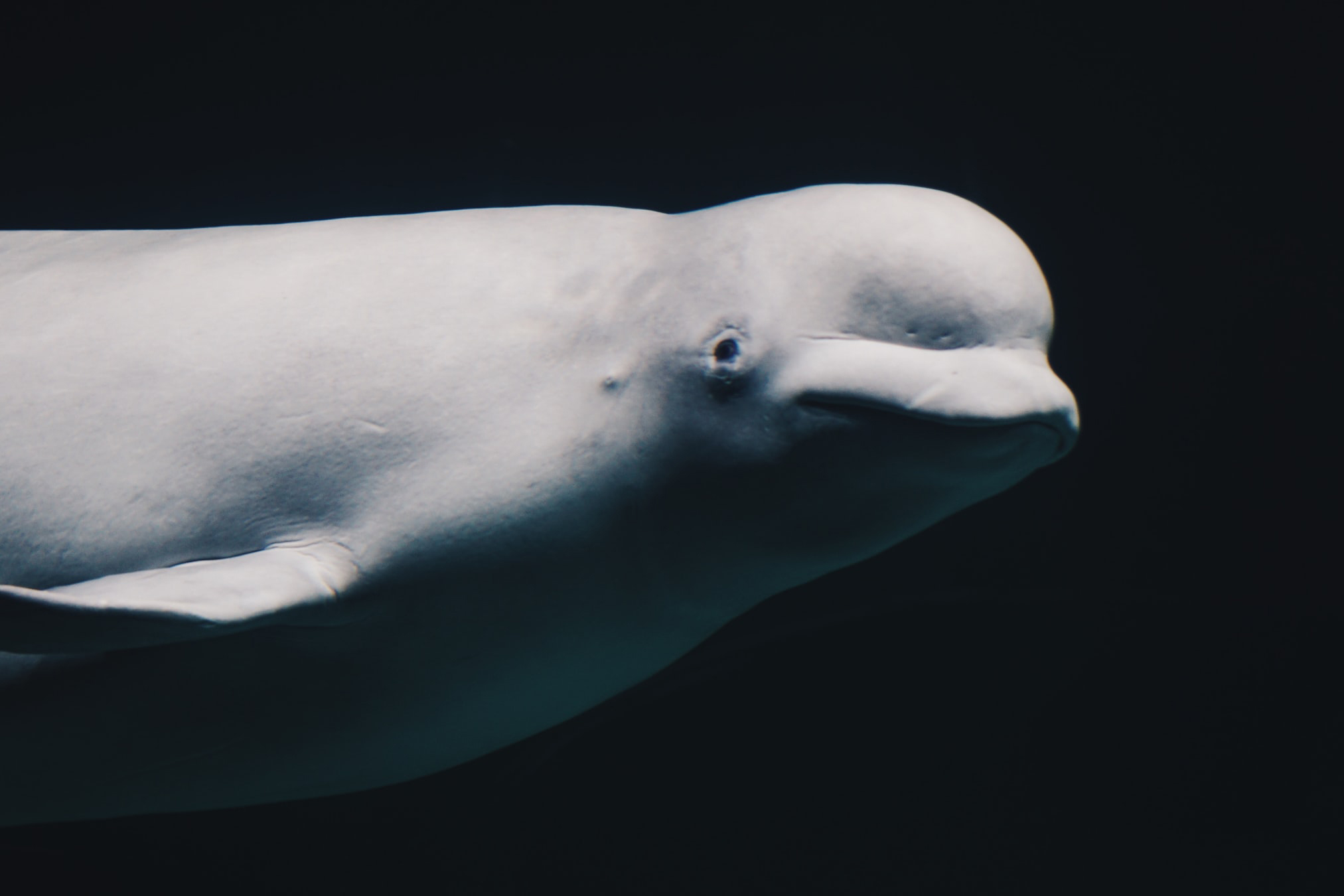
By Ron Thiessen, Executive Director of CPAWS Manitoba
This opinion piece was originally published by the Winnipeg Free Press on January 4, 2022.
Premier Heather Stefanson has committed to doing things differently, including a promise to listen and collaborate more. One worthwhile way to demonstrate this new approach would be to embrace Manitoba’s identity as an ocean province and take steps to protect and conserve our threatened marine habitat.
We are already experiencing the devastating impacts of climate change on our province: floods, droughts, forest fires, heat waves, and more intense storms, such as the October 2019 blizzard that destroyed thousands of trees and knocked out power across southern Manitoba.
Healthy forests, wetlands, and peatlands help mitigate the impact of climate change by sucking carbon out of the atmosphere, slowing the flow of groundwater, preventing erosion, and acting as natural firebreaks. Oceans store more carbon than any terrestrial ecosystem.

Western Hudson Bay is home to some of the world’s largest concentrations of polar bears. Photo: Ron Thiessen.
To secure a healthy future for our province’s people and wildlife, Manitoba must match the federal government’s pledge to protect 30% of our lands and waters by 2030.
Those conservation efforts need to extend to our great inland sea: Hudson Bay.
It’s easy for those of us living in southern Manitoba to see ourselves as a Prairie province. What’s simple to forget is that Manitoba has 650 kilometres of sub-arctic coastline along Hudson Bay, with rich marine ecosystems in the wetlands and estuaries of such rivers as the Seal, Churchill and Nelson.
Belugas, polar bears, and millions of seabirds flourish in these rich waters. The natural abundance of the North has long sustained Indigenous peoples and is a major draw for tourists from around the world.
Yet efforts to establish a National Marine Conservation Area (NMCA) that would protect western Hudson Bay have not yet won the support of provincial leaders.
Federal protection would be a clear win for the province. It comes with federal investment, tools, and resources to protect and manage a vital marine area. It will help create sustainable jobs in the North.
Done right, it would be based on science, Indigenous knowledge, local knowledge, and participation, all while affirming Indigenous rights. This is important for a region such as western Hudson Bay, where observable effects of climate change include a faster loss of ice than in most parts of the Arctic.
Today, as the new premier looks for a fresh start, why not work with interested rights-holders and stakeholders to protect and build Manitoba’s ocean assets? Not only would this signal the premier’s willingness to chart a new course in an era of rapid climate change; it would also highlight the economic and social benefits of conservation.
Scientific studies are making us keenly aware of the wide scope of services provided by oceans and coasts. Healthy oceans stabilize and slow changes to marine ecosystems that sequester large amounts of carbon, such as kelp, seagrass beds, and the seafloor itself. Protecting these marine areas can help mitigate the impacts of climate change on both marine mammals and human communities.
In Manitoba, a healthy coast supports the northern tourism industry. Pre-pandemic, Churchill welcomed an estimated 15,000 visitors annually. In 2015, tour operators estimated the economic value of whale-watching alone at $6 million a year.
Tourists from around the world continue to flock to Churchill for a once-in-a-lifetime chance to see polar bears, belugas and sea birds. But viewing these iconic species will only be possible if their habitat remains healthy.
The federal government initiated talks with the Pallister government in 2017 about establishing an NMCA, but those efforts stalled. With the railway to Churchill repaired and the port in the midst of finding its way back to full operations, it’s time to move forward and seize this opportunity.
Elsewhere in Canada, northern communities are partnering with the federal government to create NMCAs. In doing so, they are able to leverage major federal investment, along with related jobs and annual funding for programs and research. In 2019, Inuit partnered with Canada to set up the Tallurutiup Imanga (Lancaster Sound) NMCA. That included more than $240 million in federal support in infrastructure investments and programs.

Belugas, polar bears, and millions of seabirds flourish in the rich waters of Hudson Bay.
This past summer the Cree Mushkegowuk Council and Parks Canada launched a multimillion-dollar feasibility assessment for an NMCA in western James Bay that would extend to the Manitoba border. In the most recent federal budget, almost $1 billion was committed over five years toward marine conservation targets.
Everyone agrees that Manitoba’s polar bears and belugas are a natural treasure and a lucrative tourist attraction. An NMCA would provide new funding for crucial research into how climate change is affecting these iconic species and how to mitigate negative impacts. But Parks Canada relies on willing and engaged local partners when setting up an NMCA.
The town of Churchill and the tourism industry appear open to working on this significant investment in their future. Regional Indigenous communities can provide valuable direction and knowledge about how this designation could best serve its people and the marine wildlife. Now is the time for Premier Stefanson to take up the challenge, by working with the federal government and northern communities to protect Manitoba’s ocean assets.

